Searching for the just the right pair of open headphones to mix on? We’ve done some digging and come up with the best open headphones ranging from $50 to $500 — there’s a pair for every budget!
What Are Open-Back Headphones?
Open back headphones don’t lock your ears inside the cups. They’re vented so air can flow in and out of them, as well as around the driver. Most of the time you can actually see the driver through the vents too.
The main advantage of this design is that sound pressure doesn’t build up inside the headphones and color the sound in a potentially negative way. This lends itself to a more natural and accurate listening experience — not unlike hearing speaker monitors in a room. You’ll also notice that the soundstage is spacious. There’s a lot of depth and width on these headphones that you don’t normally get with closed ones.
It all boils down to open headphones sounding so good because they’re able to mimic what listening on monitors is like. Two things make that possible:
- Room sound. Since you’re not isolated, you’ll actually hear a bit of the space you’re in.
- Crossfeed. That’s the blend of the left and right channels we hear that sounds natural on a pair of speakers. The same thing happens with open headphones, because sound from the left channel bleeds into the right and vice versa.
What Is the Difference Between Open or Closed?
Closed headphones seal off the driver inside the ear cup, which provides isolation from the outside environment. We’ll investigate more below.
Best Mixing Headphones: Open vs. Closed
The biggest difference between open and closed headphones — especially for mixing — is isolation, and how isolation affects the sound. Since very little outside noise can get in closed headphones, and minimal sound can escape, sound pressure builds up — especially in the lows. That smears the frequency response, making them less accurate than open ones. On the contrary, extra low-end may be desirable for some people working in sub-heavy genres, or just wanting to listen to bass-rich music for fun.
Another thing is that you also won’t get the same expansive soundstage with closed headphones, namely because there’s no crossfeed happening. You’re literally hearing the left and right channels independent of one another, clamped to either side of your head. For tracking, though, closed headphones minimize sound bleeding into the microphone which is a clear advantage.
To sum it all up, conventional wisdom says that open headphones are better for mixing/mastering/critical listening than closed headphones. That’s not to say you can’t get good results on closed headphones, because you absolutely can. It all comes down to knowing your gear at that point.
FAQ: Are my Beats Pro good for mixing?
Here’s a question I get all the time, and for good reason. An expensive pair of headphones like Beats seem like they’d be good for mixing, but they’re not ideal. Consumer ‘phones aren’t designed for critical listening or studio applications; they’re designed to sound fun and exciting.
The frequency response isn’t flat, or close to flat, like it is in most studio headphones; usually it’s hyped in the lows and highs to flatter the music and make it sound great for casual listening.
6 Best Open-Back Headphones Under $300
1. Beyerdynamic DT 990 Pro
![9 Best Open Back Headphones for Mixing 2022 [Any Budget]_2](https://producelikeapro.com/blog/wp-content/uploads/2022/05/9-Best-Open-Back-Headphones-for-Mixing-2022-Any-Budget_2.jpg)
Beyerdynamic describes the 990s as being impressively spacious, with a “wide stereo image” and “three-dimensional sound reproduction.” It’s safe to say that these would make an excellent choice for mixing headphones, based on the aforementioned characteristics. A major pitfall mixing on headphones is the tendency to make things too narrow since we’re monitoring roughly 6 inches or so apart! The DT 990s seem to have remedied at least a little bit of that problem!
2. AKG K240
AKG’s K240s are actually a semi-open design for reproducing solid bass and extremely clear highs. They’re very popular for being inexpensive and are one of the most affordable pairs you can get. You’ve probably seen these at least a few times in various applications, as their reputation makes them a common choice. If you want the best bang for your buck, look no further than the industry-standard AKG K240s.
3. Samson SR850
![9 Best Open Back Headphones for Mixing 2022 [Any Budget]_4](https://producelikeapro.com/blog/wp-content/uploads/2022/05/9-Best-Open-Back-Headphones-for-Mixing-2022-Any-Budget_4.jpg)
I’m being sneaky and slipping semi-open headphones on this list, but they’re the best budget options and a cross between open and closed. The Samson SR850 studio headphones are the most affordable, quality open back cans mentioned here at just $50. They’re generally well received by the pro audio and audiophile worlds for being an excellent value.
4. Sennheiser HD 400 Pro
![9 Best Open Back Headphones for Mixing 2022 [Any Budget]_5](https://producelikeapro.com/blog/wp-content/uploads/2022/05/9-Best-Open-Back-Headphones-for-Mixing-2022-Any-Budget_5.jpg)
A little pricier but still coming in at under $300, the Sennheiser HD 400 Pros are awesome. These are durable and lightweight for comfort, and sound really open, spacious, and above all, natural. You can achieve some very high-quality mixes on a pair of open headphones like these at a price much lower than speaker monitors.
5. HIFIMAN HE400i
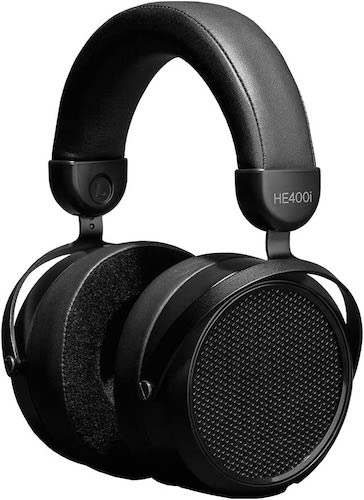
HIFIMAN open headphones are geared for audiophiles who want to experience every detail and nuance that some of the best produced music has to offer. They’re comparably affordable to many others in a similar class. Some users have noted that these headphones excel at representing certain genres of music, but they don’t necessarily make a great all-around headphone. Your mileage may vary, of course, as taste is highly subjective.
6. Philips Fidelio X3
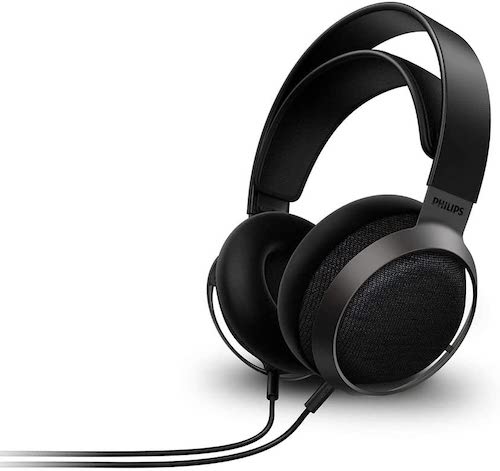
These open-back headphones by Philips are engineered for sheer performance at a consumer-friendly price. The luxurious leather headband is comfortable for long listening sessions, and equally appealing to the eye. Their 50mm drivers offer booming sound for the home theater and pounding sub bass for music. The Fidelio X3s are touted as an audiophile headphone, though they may prove worthy for the studio as well.
8 Best Open-Back Headphones Under $500
7. Sennheiser HD 600
![9 Best Open Back Headphones for Mixing 2022 [Any Budget]_6](https://producelikeapro.com/blog/wp-content/uploads/2022/05/9-Best-Open-Back-Headphones-for-Mixing-2022-Any-Budget_6.jpg)
Sennheiser hit a home run with the HD 600s. These are a long-standing favorite amongst engineers and audiophiles for their amazing transient response, spatial and accurate sound, and incredibly low noise. These are certainly a favorite of mine, and have served as my go-to headphones to reference mixes on for the last several years.
8. AKG K701
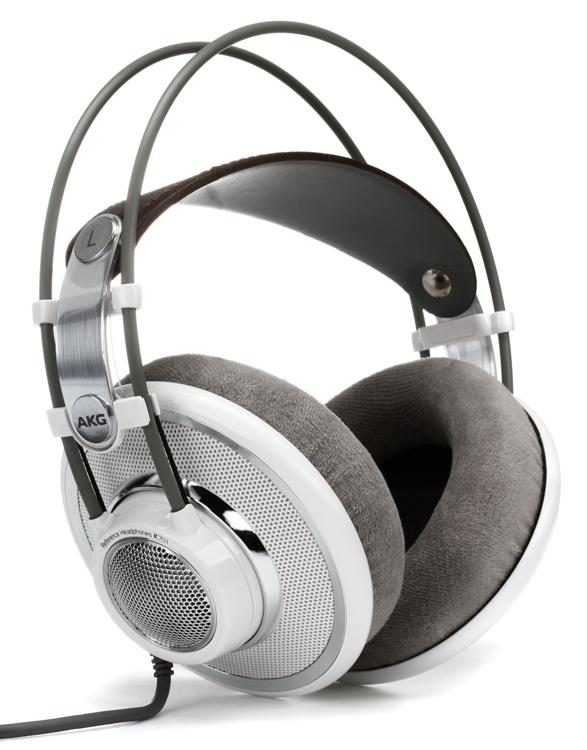
The 701s are premium, reference class studio headphones. AKG has taken advantage of flat-wire coil technology to reproduce frequency and transient response extremely accurately. Like the DT 990s, these headphones provide tremendous stereo imaging, though their price point puts them in a different class entirely.
It’s important to remember that cost doesn’t have to mean everything when it comes to finding the right headphones. Generally speaking, users should purchase what sounds most accurate to their ears, whether that’s the 500-dollar 701s or the sub-$100 K240s.
9. AKG K702
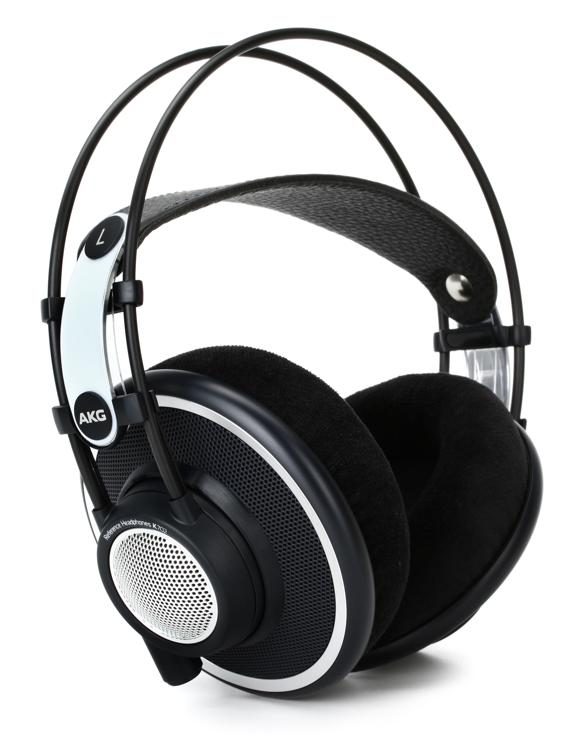
The K702s are similar to the 701s in terms of technology and build quality. The main difference between them is that the 702s are primarily designed for professional use, such as mixing and mastering. 701s are suitable for critical listening, but also posit themselves as hi-fi headphones for pleasure listening too.
702s come with a detachable mini XLR cable for portability and replacement. Their driver size is 5mm smaller than the 701s, but the frequency response is identical. At full price, the 702s weigh in at around $100 cheaper than the 701s; both can frequently be found on sale.
10. Shure SRH1840
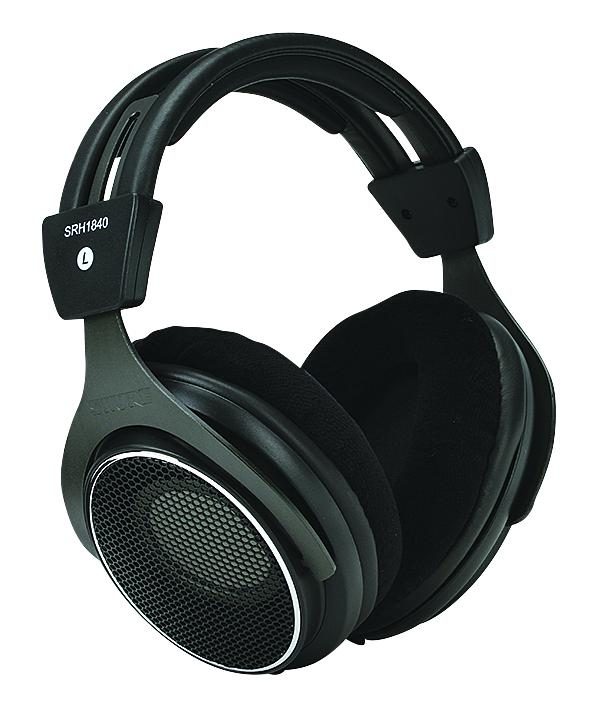
The 1840s are a premium pair of open headphones. Shure explains that they’re best suited for mastering or critical listening, reproducing frequencies from 10 Hz to 35 kHz, though they’re endorsed by the audiophile community as well. By no means inexpensive, if quality is what you’re after, the Shure 1840s are tough to beat.
11. Audio-Technica ATH-R70x
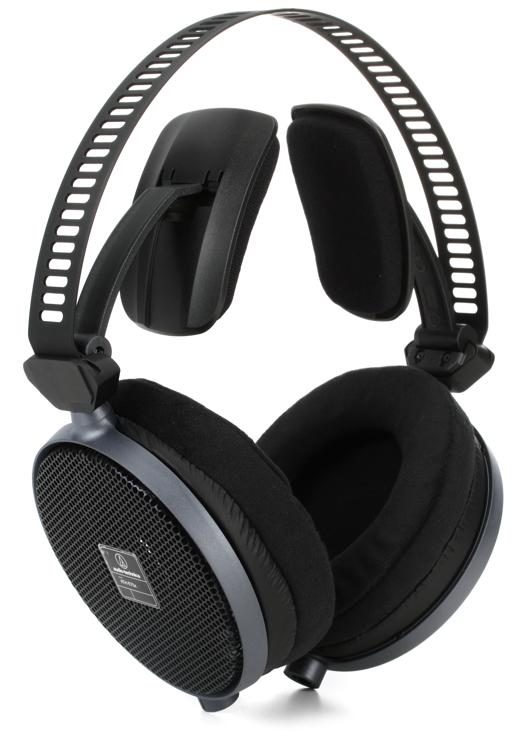
The R70x is A-T’s first pair of professional reference cans. They combine all of the best aspects of open headphones, with some proprietary design work going on to make these as comfortable as possible. These headphones are also ridiculously spacious and airy, featuring an ultra-wide frequency response from 5 to 40,000 Hz.
12. Sennheiser HD 660S2
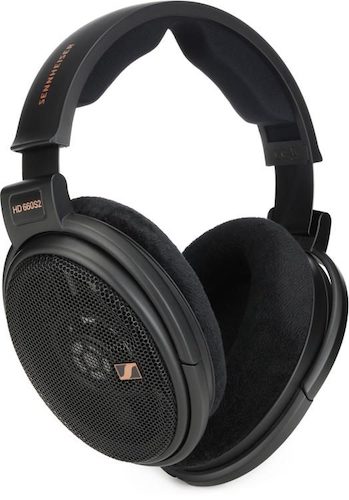
The HD660S2s by Sennheiser are a premium, audiophile-grade headphone. In terms of frequency response, it’s as smooth and natural as it gets, covering the entire spectrum with double the sub bass over previous generations. Transient response is fast and precise, and the soundstage is open and natural. All in all, this is a very, very nice open headphone for critical listening, and even though they’re slightly above $500, they’re a worthy inclusion here.
13. Beyerdynamic DT 1990 Pro
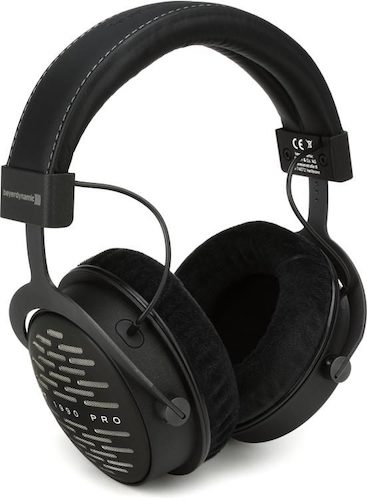
Beyerdynamic headphones have been industry standards for years. The 1990s are a surprisingly versatile headphone, coming with two sets of ear pads — one for critical, analytical listening and one for a more balanced experience. Their 45mm drivers deliver big bass, natural midrange, and articulate highs.
14. Avantone Pro Planar the II
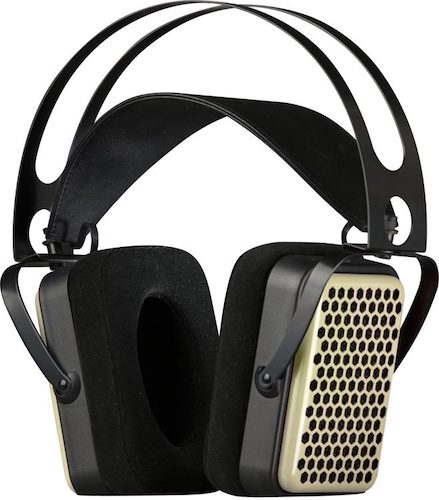
With eye-catching retro style, Planar the II by Avantone are a striking set of open-back headphones. These utilize proprietary drivers for sonics that are detailed, focused, and balanced all at the same time. Planar the II headphones should work quite well in both the studio and at home.
Conclusion: Best Open-Back Headphones for Mixing
Like we mentioned earlier, open headphones are generally your best bet when it comes to mixing. The design makes them sound more natural and airy than closed ones, which is what you want for critical listening. Whether you’re on a tight budget or can spring for some costlier ‘phones, grab yourself the best pair you can afford and start learning them!
Transform Your Music with Expert Training
Are you ready to transform your music tracks into professional masterpieces? Join the Produce Like A Pro Academy and gain access to world-class training in audio engineering and music production. Our platform provides step-by-step tutorials and extensive courses that cover everything from basic techniques to advanced production strategies.
Enroll now and start producing music that stands out in the industry!

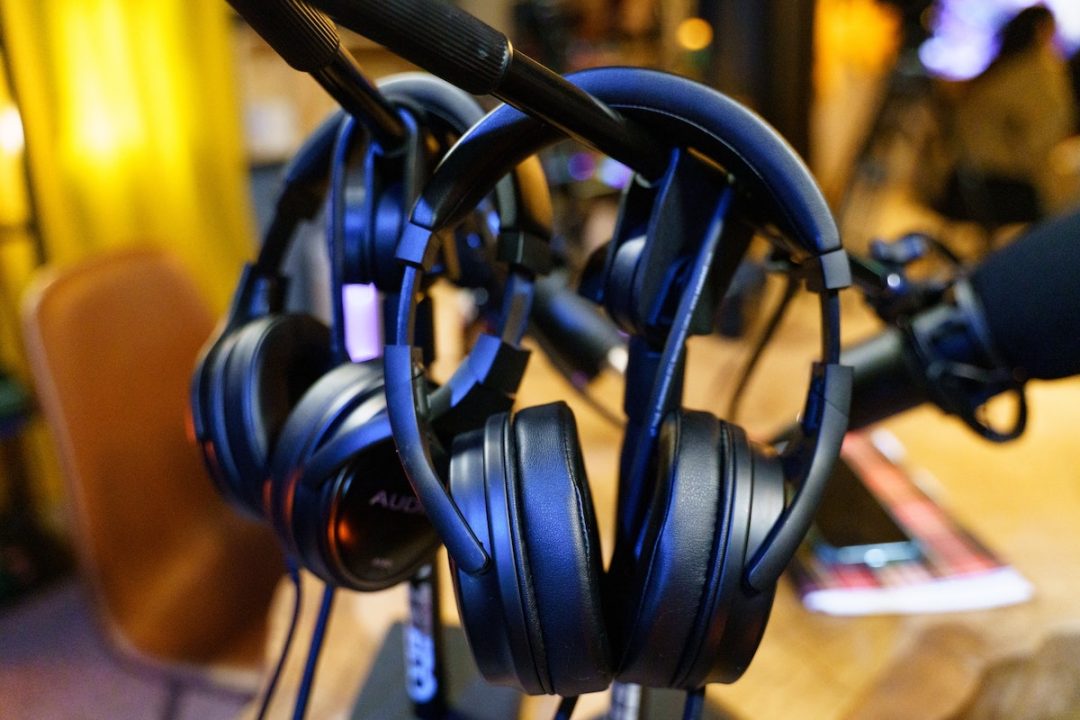
![9 Best Open Back Headphones for Mixing 2022 [Any Budget]_3](https://producelikeapro.com/blog/wp-content/uploads/2022/05/9-Best-Open-Back-Headphones-for-Mixing-2022-Any-Budget_3.jpg)


